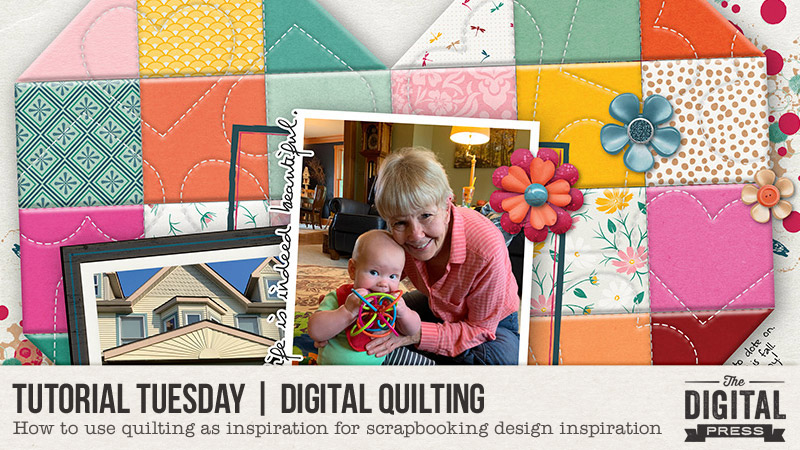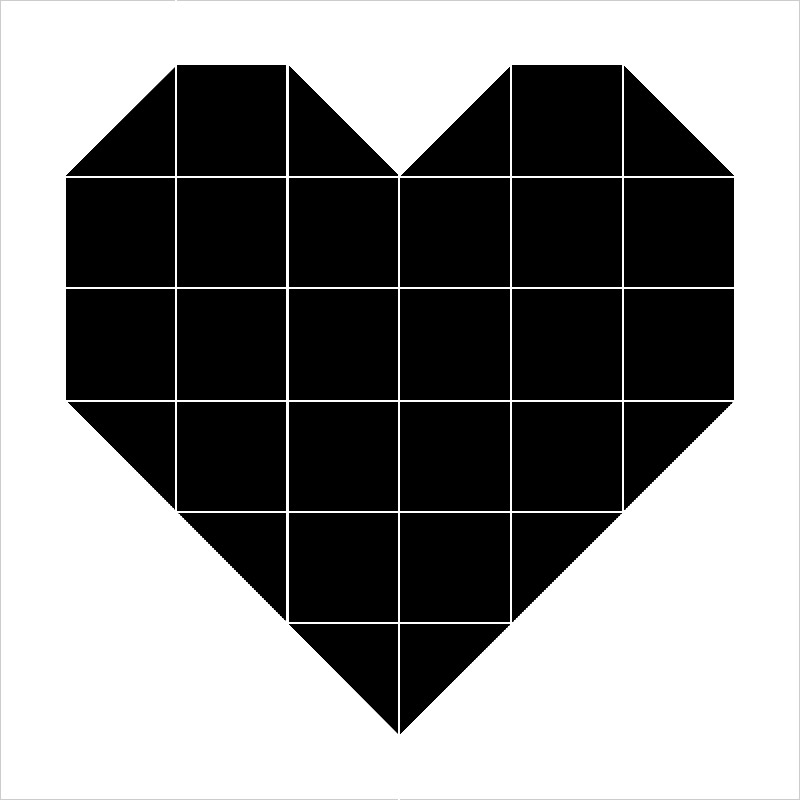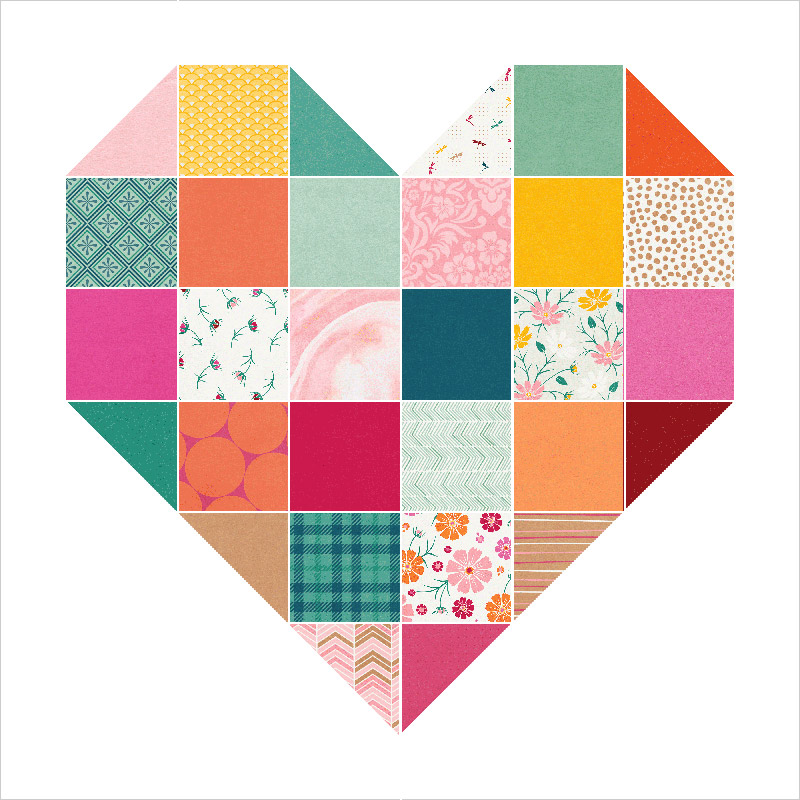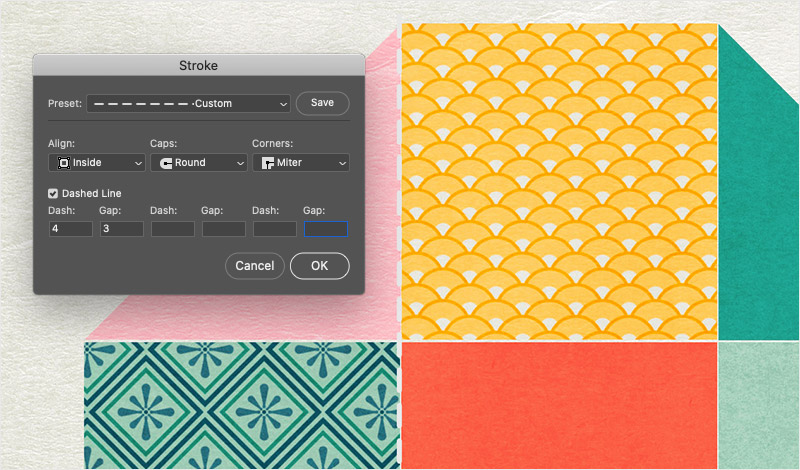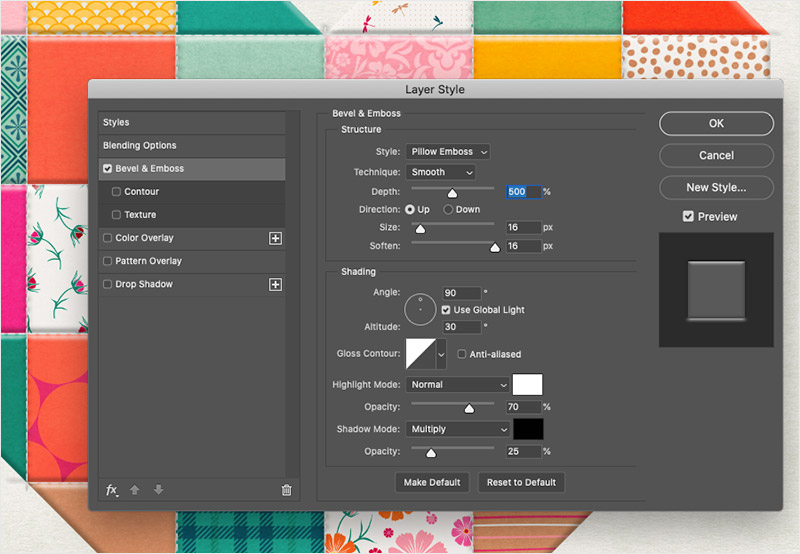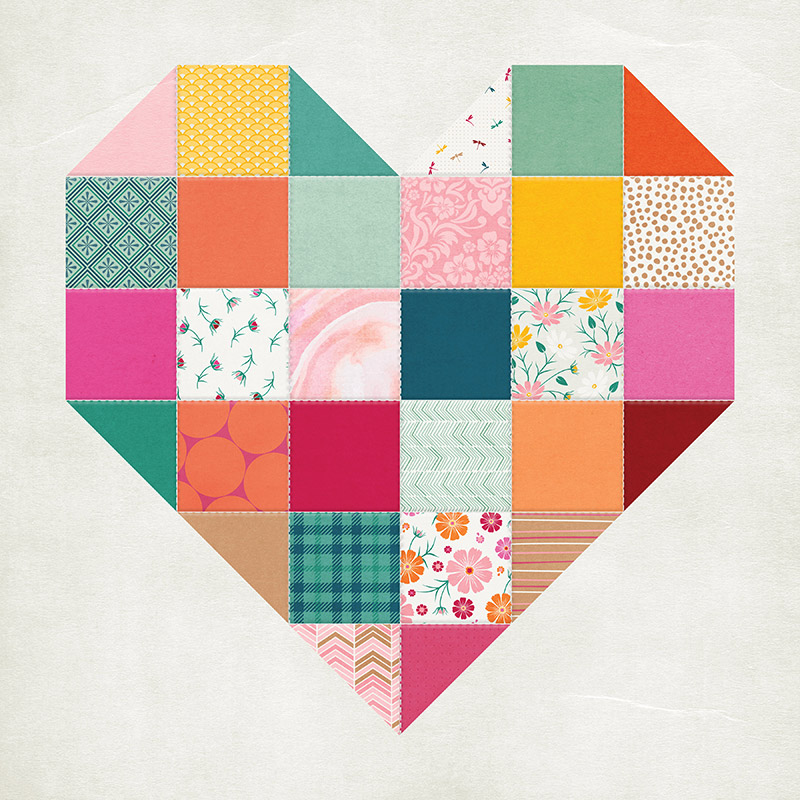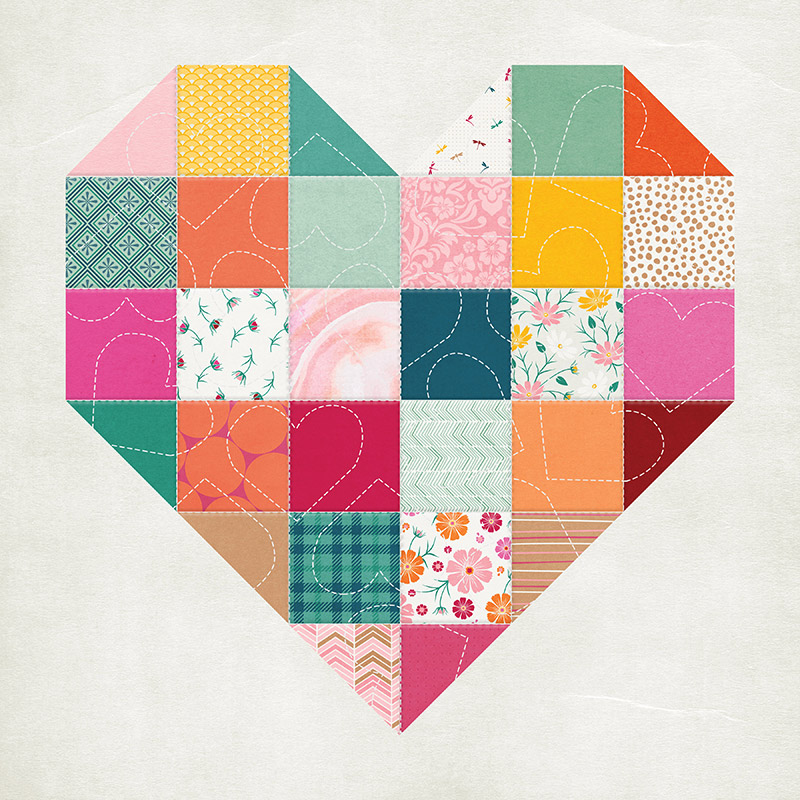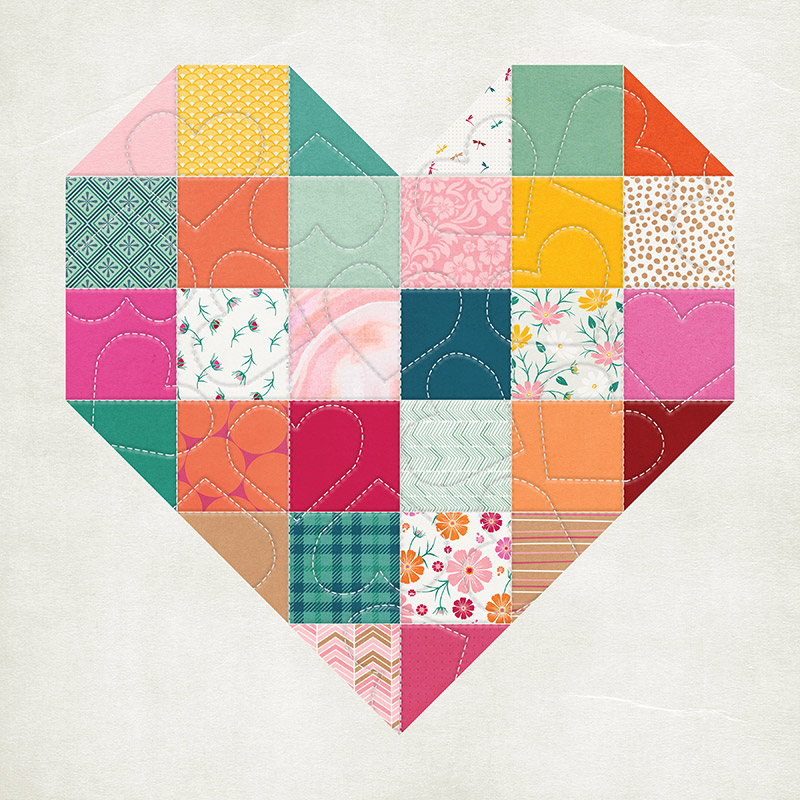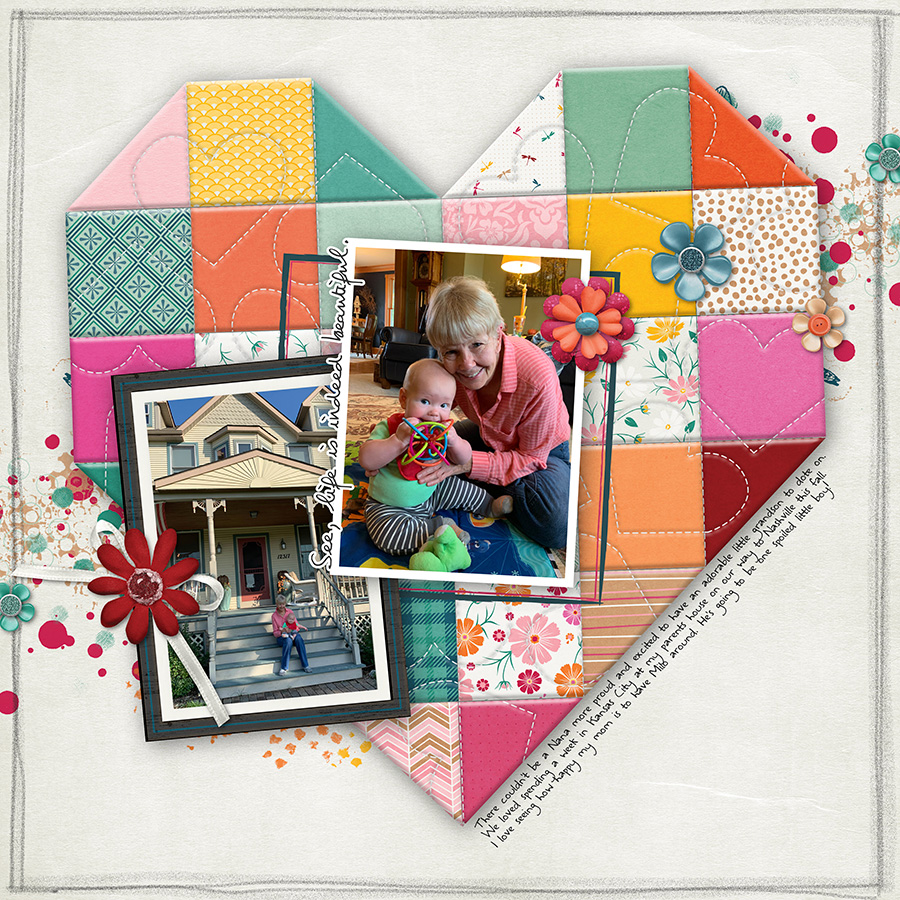Hi there, fellow scrappers! Welcome to another edition of our Tutorial Tuesday series here on The Digital Press blog. Today, I want to share a unique and exciting technique that combines two of my favorite crafting hobbies: quilting and digital scrapbooking!
Like many of you, I love exploring different crafting methods, and I’m always looking for opportunities to bring them together. So, I thought, why not create a “digital quilt” as the background for my next scrapbook page? The possibilities for creativity are endless, and I can’t wait to see what you come up with too!
Step 1: Creating the Quilt Pattern
In Photoshop, I used various shape tools to create a pattern that would serve as my quilt masks. Each shape was placed on its own layer, allowing me to use them as individual clipping masks.
Step 2: Building the Quilt Blocks
Using each shape as a clipping mask, I filled them with different digital papers to achieve a delightful hodgepodge quilt design. The variety of colors and patterns add depth and visual interest to the overall layout.
Step 3: Adding the Stitches
To simulate the stitches between the quilt blocks, I used the line tool to create dashed lines. I chose “Round” as the caps style and increased the default gap to 3 for a more realistic effect. These stitches connect the blocks and give the quilt texture and authenticity.
Step 4: Giving It Dimension
To enhance the 3D appearance of the stitches, I applied a Bevel & Emboss Layer Style to all the stitch layers. This simple adjustment makes the dashed lines resemble rounded threads. Feel free to experiment with the settings to achieve the desired effect.
After these steps, the quilted background is complete and ready for your layout!
Step 5: Adding Quilting Patterns
In traditional quilting, patterns are stitched across the entire surface to bind the quilt together and create texture. To mimic this effect, I used the pen tool to create heart shapes that complement the overall quilt design. These shapes were given the same stroke settings as the initial stitches.
Step 6: Adding Dimension to the Patterns
To maintain consistency, I applied the same embossing settings used for the straight stitches to the new heart-shaped stitching. This ensures a cohesive look and adds depth to the overall design.
Step 7: The Finishing Touches
And just like that, you’ve created a stunning quilted background for your scrapbook page! All that’s left is to add your photos, embellishments, and borders. Let your creativity flow and make it uniquely yours.
I hope this tutorial inspires you to try the quilting technique or experiment with your favorite crafting hobbies. The possibilities are endless! I can’t wait to see the incredible creations you come up with. Happy scrapping!
About the Author
Shannon has been addicted to digiscrapping since early 2016 and has been a scrapper since 2000. She’s not only a part-time web designer but also a proud mama to her son. Recently, her family adopted a digital nomad lifestyle, living in a different city each month through Airbnb rentals. Join her on this exciting journey!
